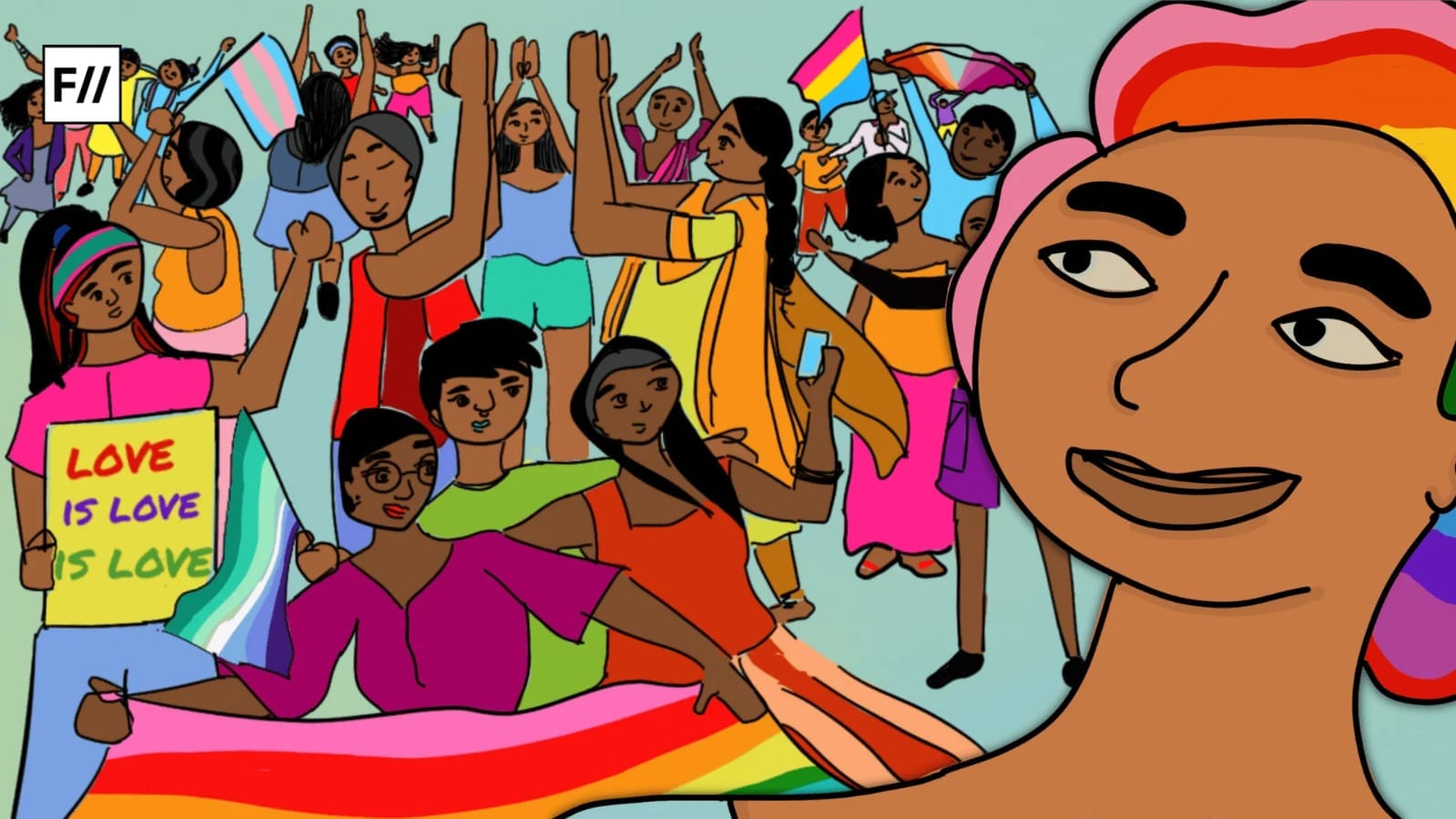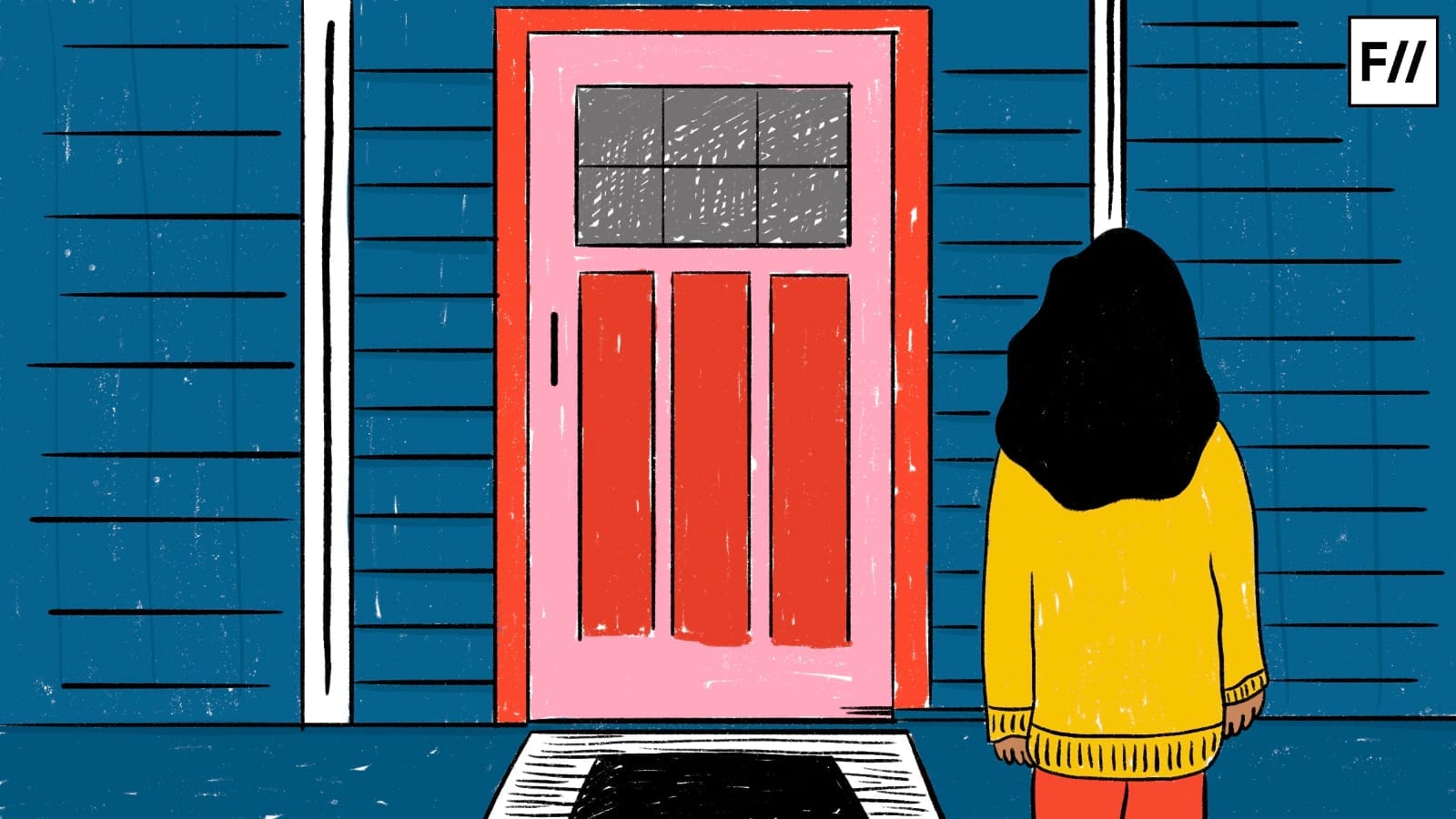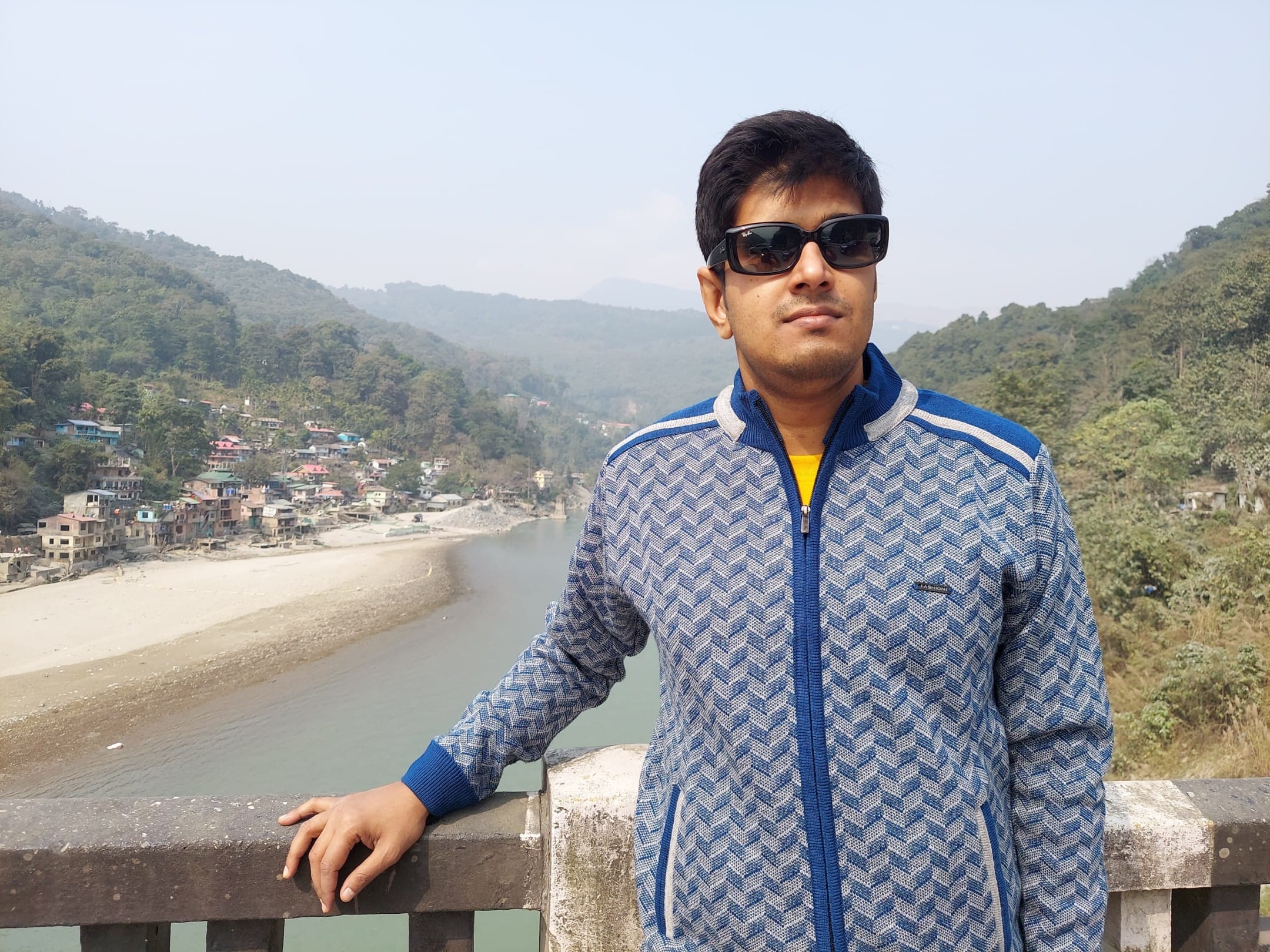Pride Month has just ended and we have seen seas of rainbow flags, rainbow-washed social media posts, and corporations using pride-coloured flags to shove their products down our throats. By the looks of it, the Indian urban population has come to understand the spirit of pride and with it the LQBTQIA+ community. However, amid all the rainbow-coloured chaos, lies a pressing question: has India truly become an inclusive and safe space for queer identities, or is the annual observance still largely performative— a superficial display that fades as quickly as it appears?
Support as the pillar of inclusivity
Prominent among the multiple pillars in an inclusive community is the support group. LGBTQIA+ individuals face unique forms of discrimination rooted in stigma and social exclusion. Generally, their sense of social connectedness and belonging is fractured due to conflict between their prescribed and adopted identity. In such instances, numerous studies show that peer support is often crucial in order to provide a safe space for queer ndividuals to share their experiences with others who have an inherent understanding of their issues. In fact, often it is peer support that acts as a buffer against the impact of discrimination on internal shame, depression, and anxiety among LGBTQIA+ individuals.
Social support, however, is more than just mere presence of allies or a harassment free space, it is rather the availability of a comprehensive category of emotional, informational and practical resources that is communicated through not only close-knit people and communities but also institutional practices and policies. That is to say that, access to expressions of empathy, love, trust, caring, and understanding must be combined with tangible and informational support including financial aid and network groups. It is crucial to go beyond the traditional structures of family and kinship, which often choose to shun queer identities, and establishing alternate spaces.
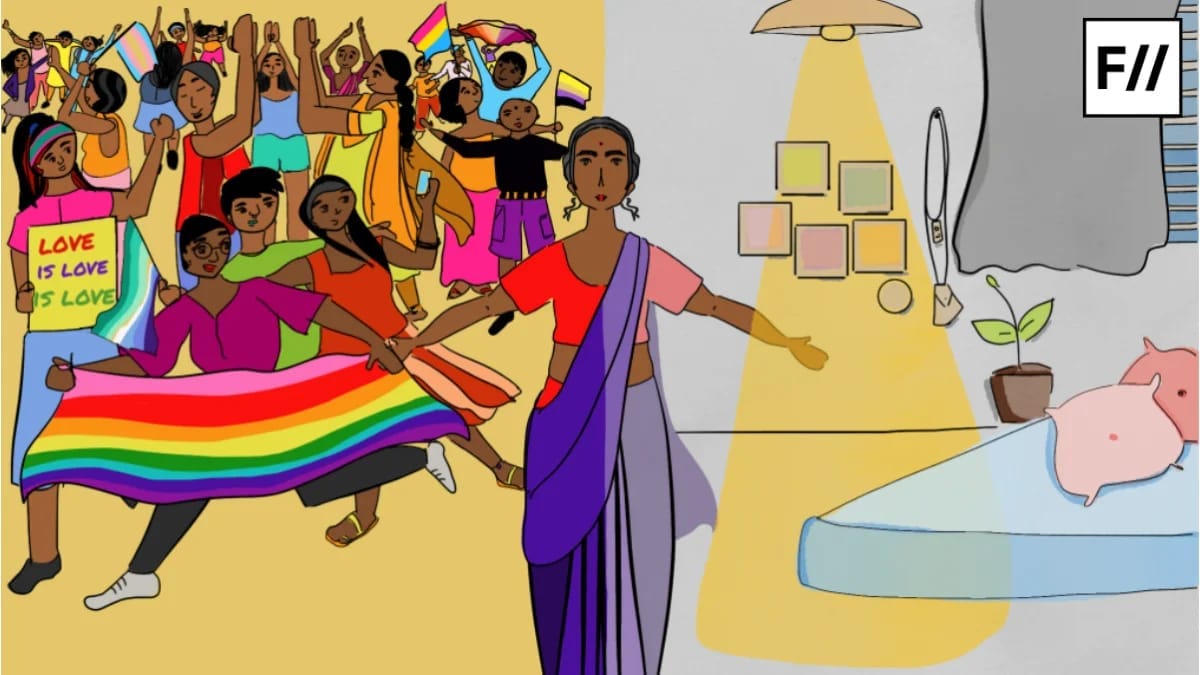
However, reports show that India’s queer community barely has access to any of these. Not only is there a severe shortage of funds (reports suggest that India receives less than 1% of global funding for queer issues while domestic funding is almost non-existent) and lack of systematic institutions and communities (only two of India’s top 50 philanthropic institutions have even explicitly prioritised queer issues), there is a notable absence of queer public figures and role models. Needless to say, not only are queer issues invisibilised in mainstream civil society, but also there has been a lack of organised and concerted efforts to establish institutional support for them.
Further, even after major progressive legislations in the recent years including decriminalising Section 377, the law has a long way to go. The queer community still lacks basic rights such as same-sex marriage joint property ownership, inheritance, adoption etc. The law, as laid out in acts such as Transgender Persons (Protection of Rights) Act, 2019 is majorly flawed for it’s rigid and inaccurate identification of genderqueer identities. Further, comprehensive policies protecting marginalised queer communities against discrimination are virtually absent.
While the Transgender Persons (Protection of Rights) Act, 2019, prohibits discrimination in some areas, its protections are limited and enforcement is weak. Not only do significant gaps exist in legal recourse for genderqueer individuals, but they also lack meaningful support from the state and formal institutions.
Not only do significant gaps exist in legal recourse for genderqueer individuals, but they also lack meaningful support from the state and formal institutions.
However, the gap has been somewhat filled by the civil society organisations (CSOs) which have been at the forefront for supporting grassroot communities. These organisations have been crucial in pushing for legal and formal equality and representing the unique challenges faced by intersectionally marginalised queer groups.
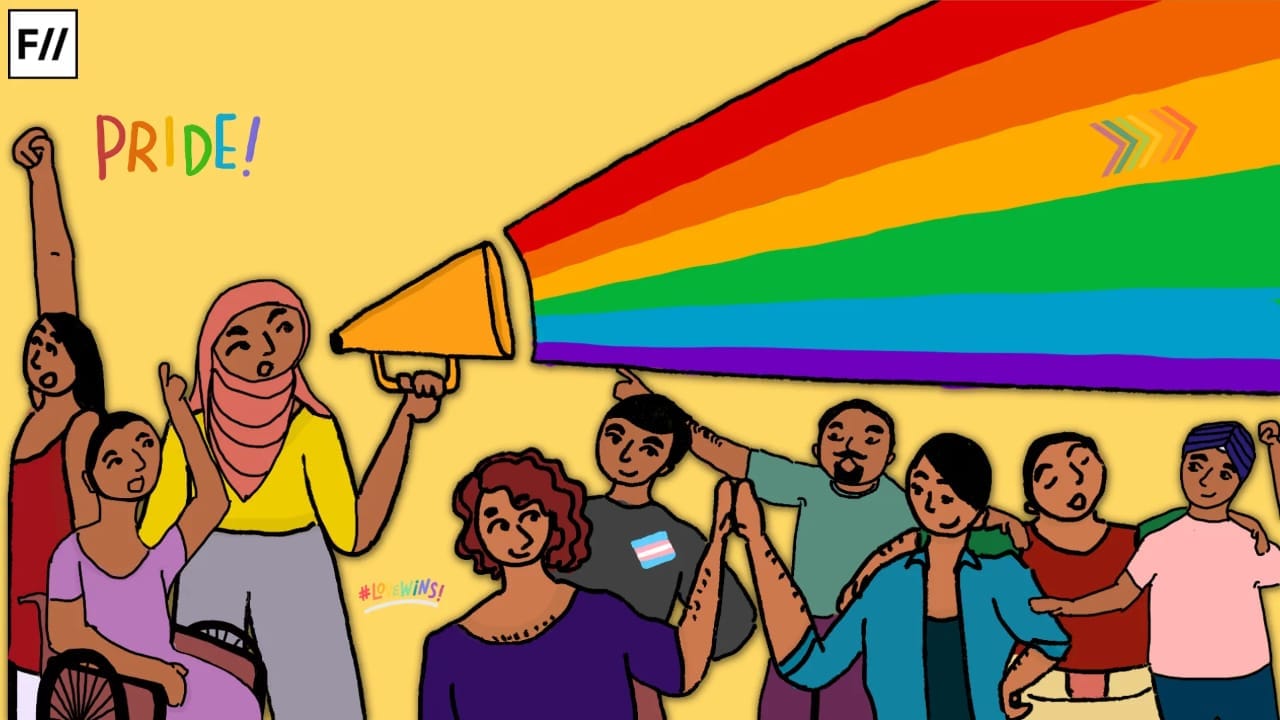
To bridge the lack of public figures, leadership has been taken over by these communities who understand lived experiences firsthand. These leaders have worked endlessly to build a safe space- in their own region, own locality- a place of belonging, assistance and relief for members of the queer community.
Rudrani Rajkumari, Xomonnoy and a queer community of love
Amongst the bylanes of Assam, where families follow the traditional structures of kinship and patriarchy and queer identities are invisibilised, Rudrani Rajkumari has become a catalyst of change. Her support group, Xommonoy, which over the years has garnered over 3,000 followers, has been working relentlessly to offer emotional support to members of the queer community and providing a platform where their voices can be empowered and their journey of self-discovery can be supported. The group hosts regular meet-ups, conferences and competitions, supports members in times of crisis and organises protests, movements and provides legal assistance and refuge for those facing persecution from family and society.
Rajkumari’s journey was not a simple one. Her journey and struggle for self-identity has been marked with rejection, exclusion and persecution. While she did manage to find individuals who resonated with her experience as a trans woman, she could always feel the lack of institutional and formal support. She has described her struggle with embracing her true identity which led to the formation of Xomonnoy which formed recognising the similar struggle and need for queer individuals to express themselves and navigate their personal journeys while being secure and acknowledged.
Rajkumari has established for herself and for others with similar needs a community- a place of security, safety and belongingness.
Rajkumari has established for herself and for others with similar needs a community- a place of security, safety and belongingness. It is a community that lies outside traditional binaries of patriarchy that restricts and excludes diverse identities thus preventing their growth. Many individuals associated with communities such as Xomonnoy have expressed the need for warmth and empathy following exclusion from their own families which made them seek such spaces.
Leaders like Rajkumari have ensured that these individuals do not have to seek such safety in far-off spaces but within their own region, their own locality and their own comfort zones. The story of Xomonnoy reflects countless other such grassroot level organisations in India which have, in lieu of legal, institutional, and policy support, nonetheless established a secure haven for the persecuted queer community The story demonstrates the role of such organisations in advocacy for queer rights and bringing them to the mainstream and lead the pathway for mobilising queer rights movement in India. They also provide a directive for the future policies and legislations for the queer community highlighting the non-alienable.
About the author(s)
Sohalika Shrivastava is a 3rd year student at IIT Madras out and about to carve a niche for herself. In her free time she likes to read about and learn animal fact
